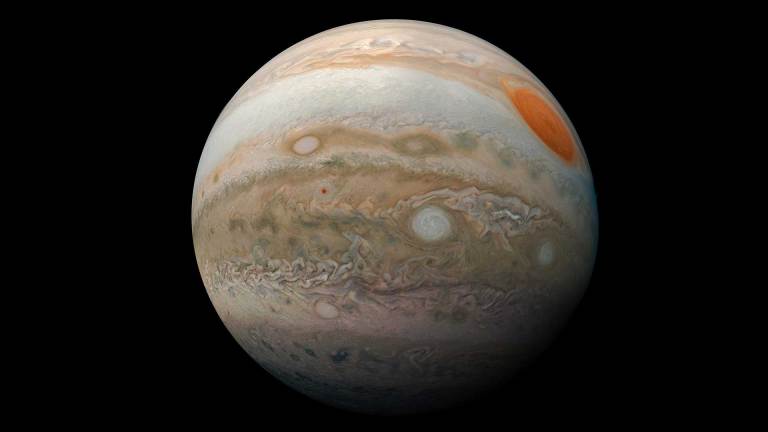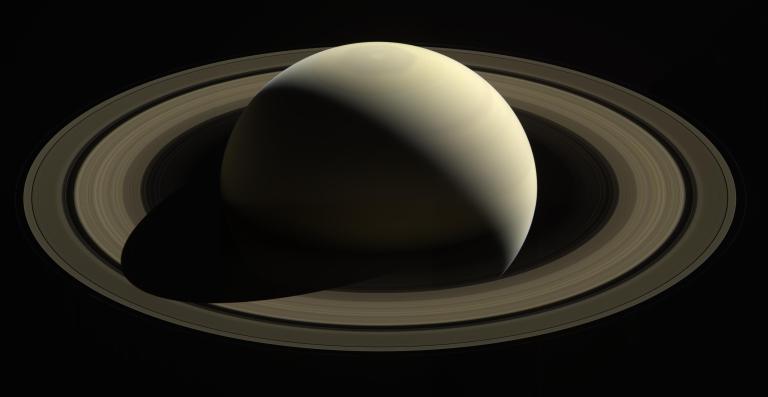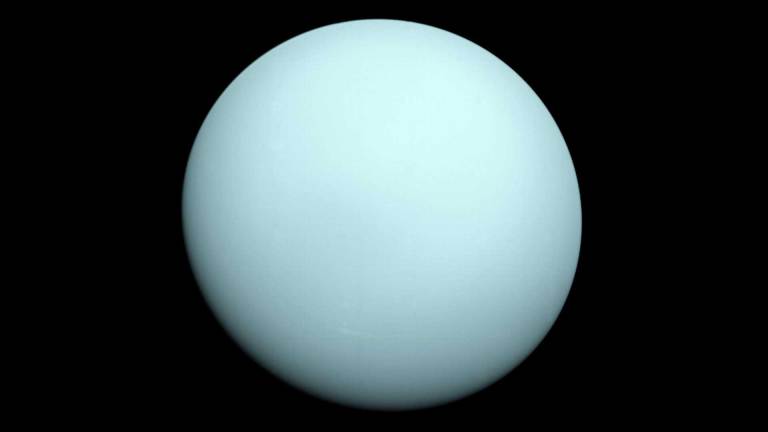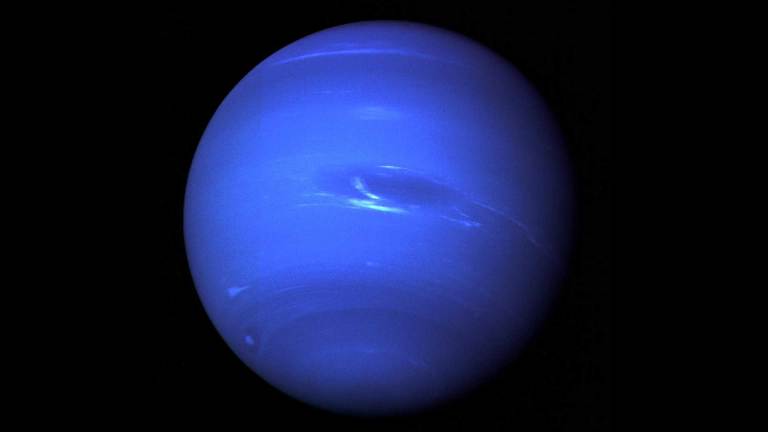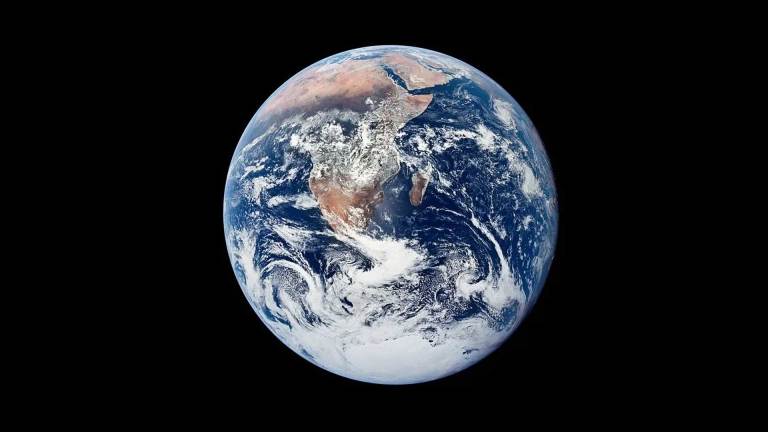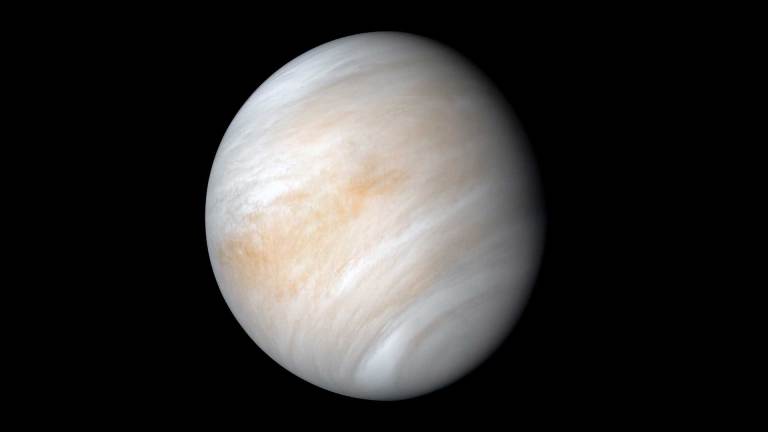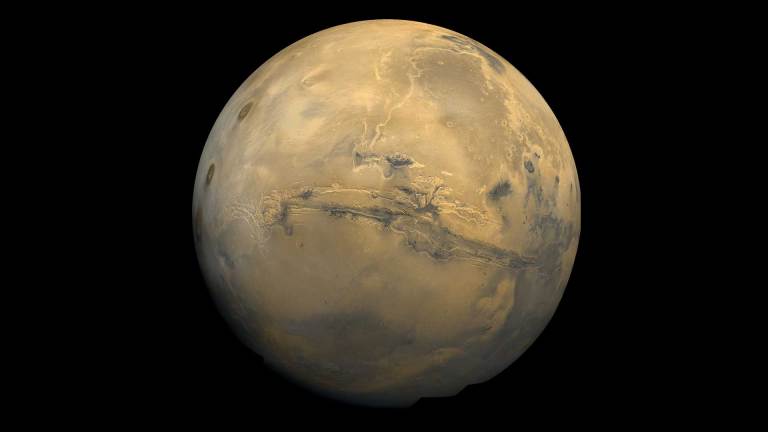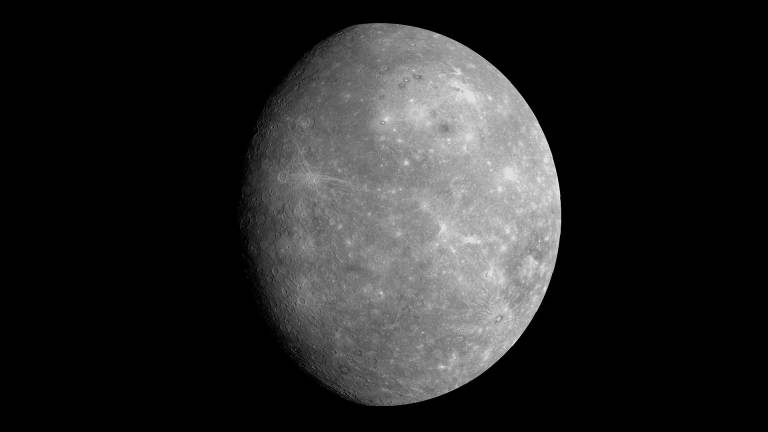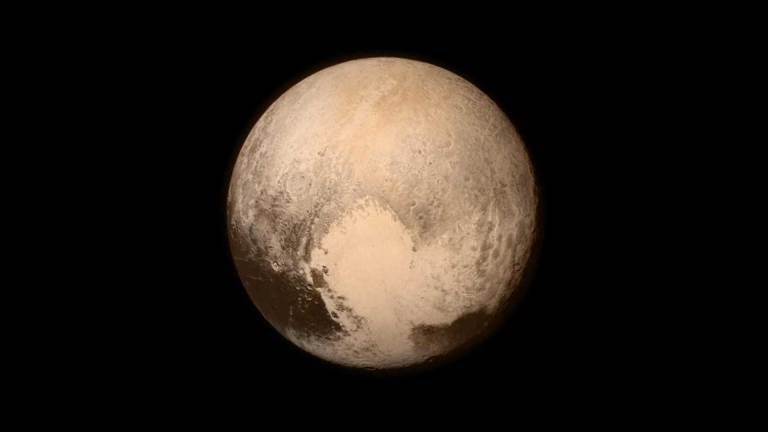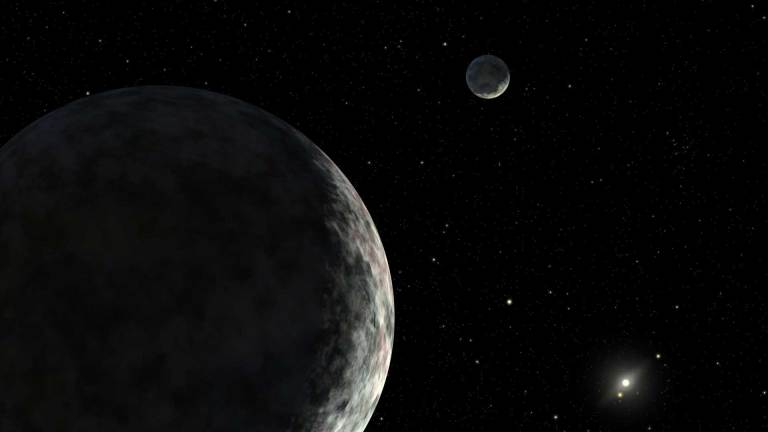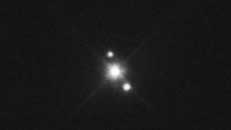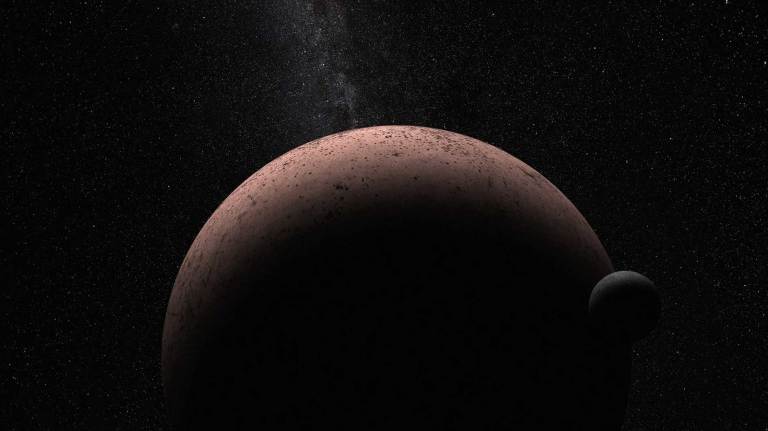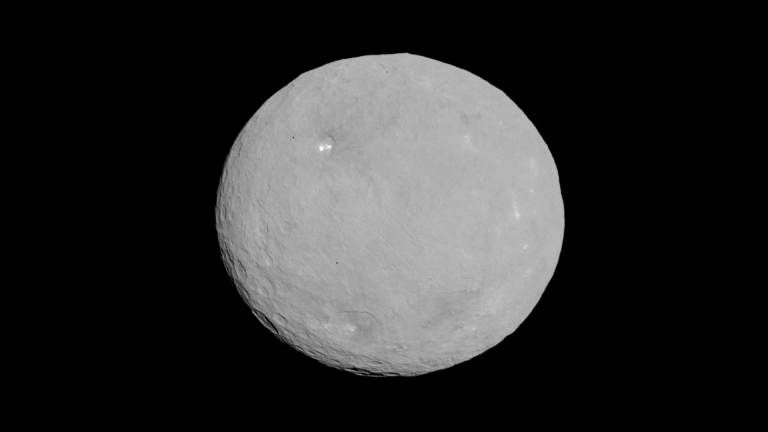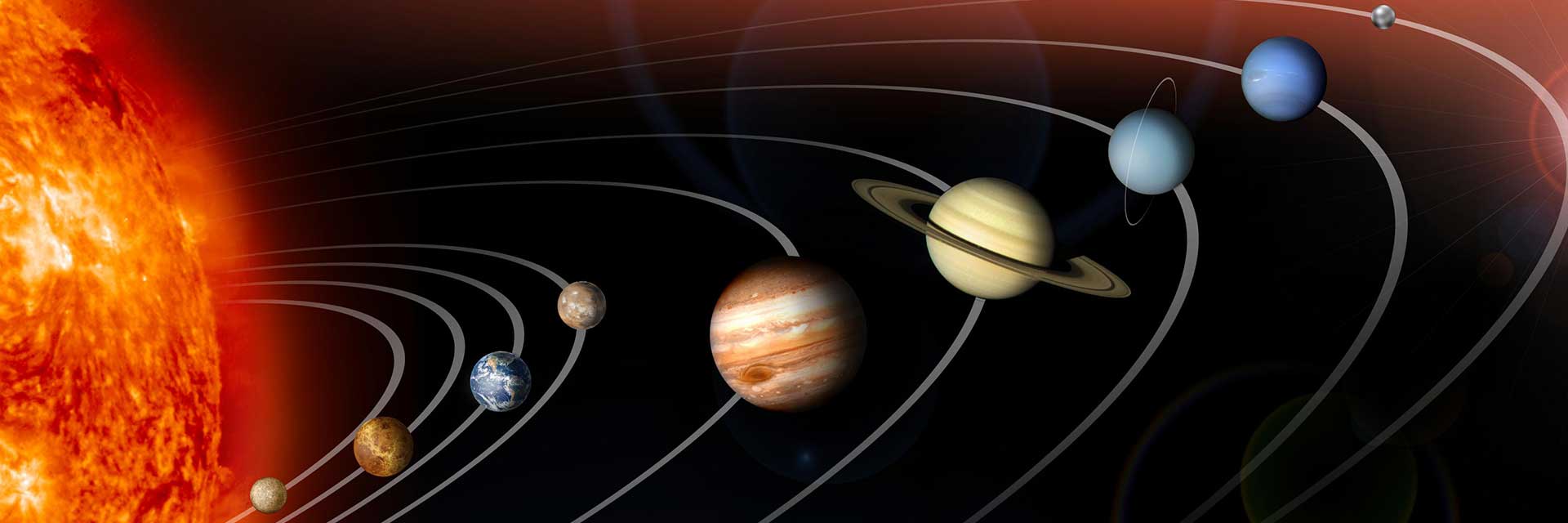Our solar system has eight planets, and five officially recognized dwarf planets. Which planet is biggest? Which is smallest? What is the order of the planets as we move out from the Sun?
This is a simple guide to the sizes of planets based on the equatorial diameter – or width – at the equator of each planet. Each planet’s width is compared to Earth’s equatorial diameter, which is about 7,926 miles (12,756 kilometers).
At the bottom of the page, find a handy list that shows the order of the planets, from the Sun outward.


























